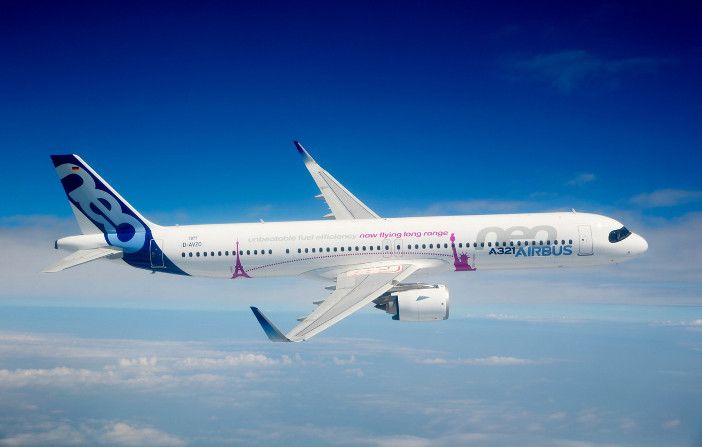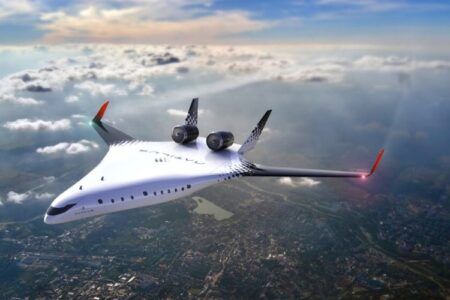The long-range variant of the A321neo has been certified to fly routes of up to 7,400km by regulators in the USA and Europe.
The single aisle A321LR (long range) can carry up to 206 passengers and has three additional fuel tanks so it can fly further than the standard A321’s range of 5,950km (3,700km).
The EASA and FAA this week jointly certified the addition of three underfloor fuel tanks on the A321, including their use to carry extra fuel for Extended-range Twin-engine Operational Performance Standards (ETOPS) routes. The ETOPS authorization also enables up to 180 minutes single-engine diversion time, which is sufficient for performing any transatlantic route.
The A321LR made its maiden flight in January 2018. Video footage of the flight and an interview with the head of the test program can be viewed here.
The A321LR’s certification covers the approval of the installation of up to three optional fuel tanks and their associated systems in the A321neo and the approval of the modified fuselage structure, new door arrangements and higher maximum take-off weight (MTOW) of up to 97 tonnes. Only A321neo aircraft with the new structure can offer the higher take-off weight and the option to install the three extra fuel tanks. Previously, the A321 family could accommodate up to two extra fuel tanks.
The new configuration will become standard for all new delivered A321neo aircraft from around 2020, but the extra fuel tanks will be an option.
The ability to add or remove ACTs, combined with the Airbus Cabin Flex, the 97t MTOW capability and the EASA/FAA approval to use the ACTs with ETOPS, together confer unprecedented airline flexibility for cabin layouts, seating density, cargo payload, fuel-capacity and mission routing.





